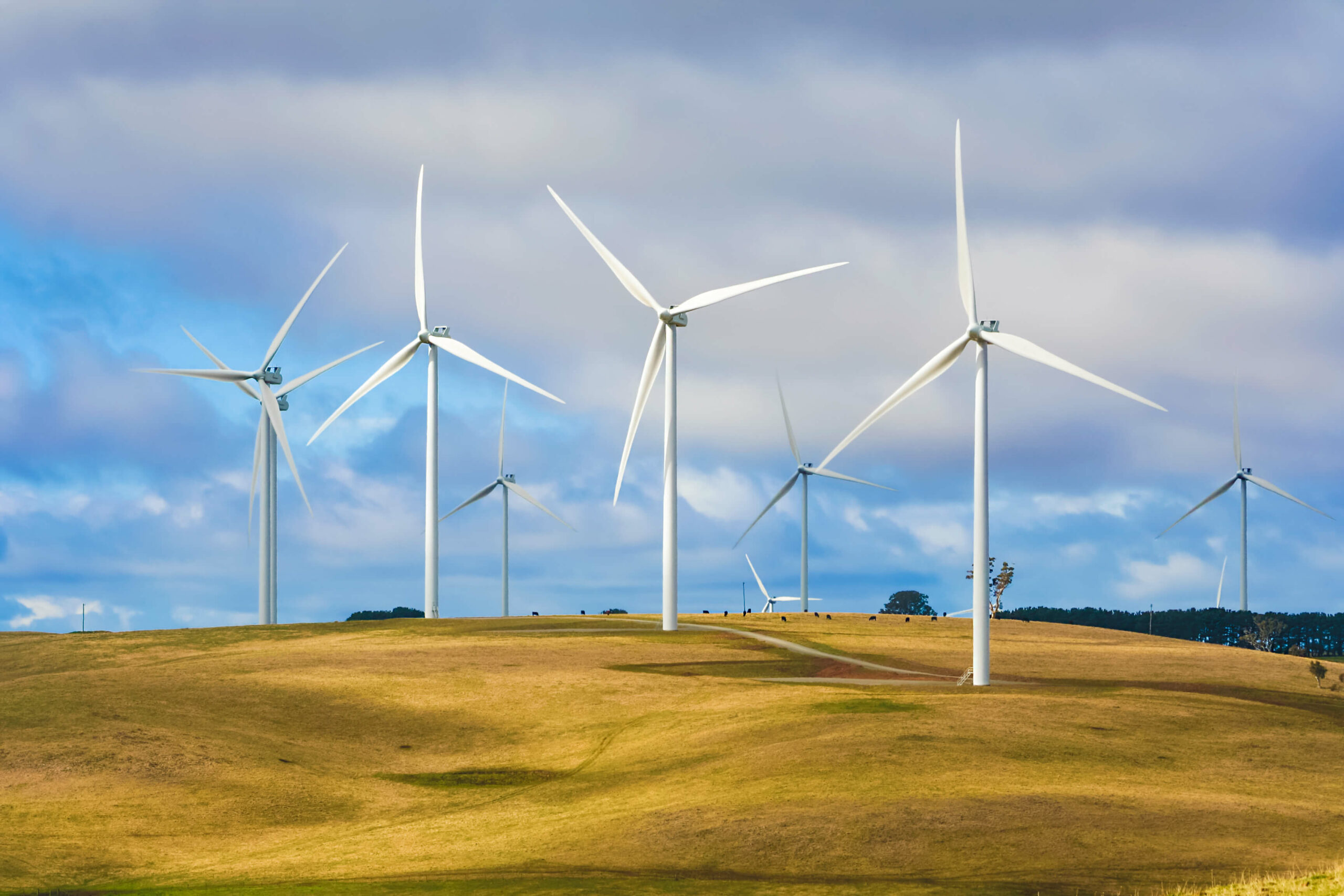Design of large composite structures
Overall Course Objectives
Composite materials are increasingly being used in the design of advanced and lightweight structures, such as wind turbine blades, airplanes, land vehicles, marine and space structures.
The course aims to provide students with the fundamental knowledge and necessary tools for designing and analyzing components and large structures made of lightweight composite materials.
Learning Objectives
- Account for fiber-reinforced polymer composite materials and their properties, advantages and disadvantages in a structural application.
- Explain typical structural configurations of composite wind turbine blades and the general design procedure.
- Account for the general relations between cross-sectional forces and stresses for sandwich construction elements.
- Solve bending and buckling problems for laminated plates using Kirchhoff’s plate theory.
- Explain the basic design principles of sandwich construction elements.
- Calculate the deflection of laminated beams and plates under static loads utilizing the Classical Laminate Theory.
- Apply different failure criteria to assess the strength of composite materials and sandwich elements.
- Solve bending and buckling problems of laminated plates using Kirchhoff’s plate theory.
- Account for structural design methods and understand the effect of loading and boundary conditions on the structural design.
- Analyze the structure of a 10 MW wind turbine blade from deflection, material strength and buckling point of view using analytical methods.
- Model composite structures and analyze their structural response using ABAQUS or similar finite element software.
- Evaluate results by comparing them with analytical solutions and make quality engineering judgment.
Course Content
The course will focus on the understanding of the structural response and failure of composite structures when exposed to loading. This will be done by providing the students with practical and computational methods to analyze and design these structures. Focus will partly be on the design of wind turbine blades, but the obtained knowledge can be applied to other types of composite structures.
The course content is equally distributed between theoretical methods for analysis and the practical application of these methods in design. The following theoretical topics will be covered during this course:
– Overview of composite science and technology (materials, manufacturing, applications);
– Classical laminate theory (CLT);
– Failure analysis (failure criteria, progressive damage/failure analysis, buckling, fatigue);
– Beam and plate theory for monolithic fiber-reinforced composites;
– Beam and plate theory for sandwich structures;
– Finite Element Analysis (FEA) of composite structures (formulation, modeling technology);
– Design and analysis of composite structures.
Understanding and application of the above topics is achieved through practical exercises in design and failure of composite and sandwich components (FEA and programming in MatLab or similar).
Teaching Method
Lectures, exercises and possible company visit





